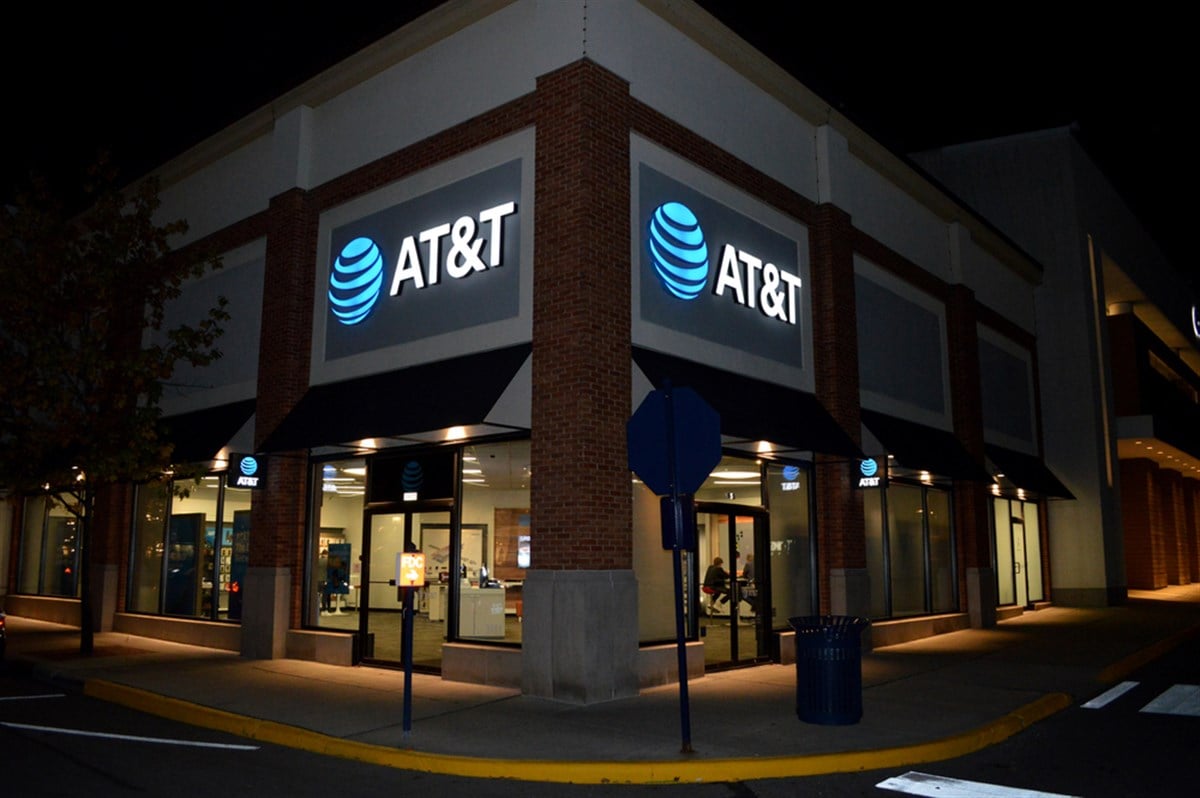
AT&T (NYSE: T) is in the communication services sector and is the fourth-largest telecom company in the world. Let’s get a better understanding of the business and its differences from competitors. We’ll then review its earnings report, released on July 24, 2024. We will end with some outlook on the company and what Wall Street analysts expect.
AT&T: Focusing on Fiber-Optic Expansion
The company divides its operations into two segments: Communications and Latin America. Communications accounted for 97% of total revenue in 2023, while Latin America accounted for 3%.
The communications segment serves the United States through three main business units: Mobility, Business Wireline, and Consumer Wireline. Mobility provides calling and internet to wireless devices and made up 71% of segment revenue in 2023.
The Business Wireline unit provides services such as virtual private networks (VPNs), dedicated internet, ethernet, and cloud solutions to businesses. It made up 18% of segment revenue. Consumer Wireline provides high-speed internet services to consumers' homes. It made up 11% of segment revenue.
One key difference in strategy compared to AT&T’s rivals, such as T-Mobile (NASDAQ: TMUS) and Verizon (NYSE: VZ), is the firm’s focus on fiber-optic expansion instead of wireless. Fiber optic cables connect buildings physically to data centers and, thus, the Internet. AT&T’s competitors are opting to connect customers to the Internet wirelessly.
The fiber optic approach offers faster speeds and higher bandwidth, enabling the transmission of more data at once. It is also more reliable, being less affected by storms that can interfere with wireless signals, for example.
A disadvantage of fiber is that it is initially more expensive to set up. But, it is less expensive to upgrade over time. While AT&T experiences increased costs, it also becomes easier for them to keep customers once they are connected as they experience higher performance. AT&T’s cheapest fiber tier charges customers $5 more monthly than Verizon and T-Mobile's wireless offerings. But, it delivers speeds twice as fast.
This strategy makes a lot of sense, given the trend toward remote work. Homes connected to fiber perform much better with video conferencing applications than with a wireless connection.
One way that AT&T is moving to expand its fiber network faster while keeping down its costs is through a joint venture with BlackRock. The partnership will expand the firm's fiber network to an additional 1.5 million Americans. BlackRock is investing $650 million in this initiative. It is doing so through its institutional diversified infrastructure funds business.
AT&T Shares Rise on Increased Wireless Subscribers, Higher Average Revenue
AT&T reported adjusted earnings per share (EPS) of $0.57, aligning with estimates. It missed on revenue by $18 million, coming in at $29.8 billion. It also reaffirmed its full-year EPS guidance, which is in line with estimates.
Shares were up +5% on the day of the release, largely driven by higher-than-expected growth in wireless subscribers. The company added 419,000 postpaid subscribers, 135,000 more than expected. Higher-cost plans attracted customers, leading to a 1.4% growth in average revenue per user (ARPU).
The company only lost 0.7% of its previous postpaid subscribers, a term known as "churn." This is better than Verizon, which posted a churn of 1% to 0.8% in Q2 2024.
Despite lower-than-expected fiber customer additions, the company increased ARPU in the unit by 3.4%, helping revenues grow by 18%. One key metric vital to AT&T’s fiber strategy is its ability to get fiber customers to also subscribe to a postpaid phone plan. About 40% of fiber customers do this. The percentage has grown from 35% at the start of 2021 and has increased in 13 out of the last 14 quarters.
Wall Street Price Targets and Outlook
Wall Street analysts have an average price target for AT&T of $20.66, implying an upside of just 8%.
AT&T is on pace to meet its goal of providing fiber access to 30 million locations by 2025. It has continually increased the percentage of consumers with access to fiber who subscribe. The company's low churn, growing fiber network, and ability to convert fiber customers to wireless plans bode well for its future. It should be able to continue its momentum in growing its customer base and average revenue per customer with a product that offers significant advantages over its competitors.
